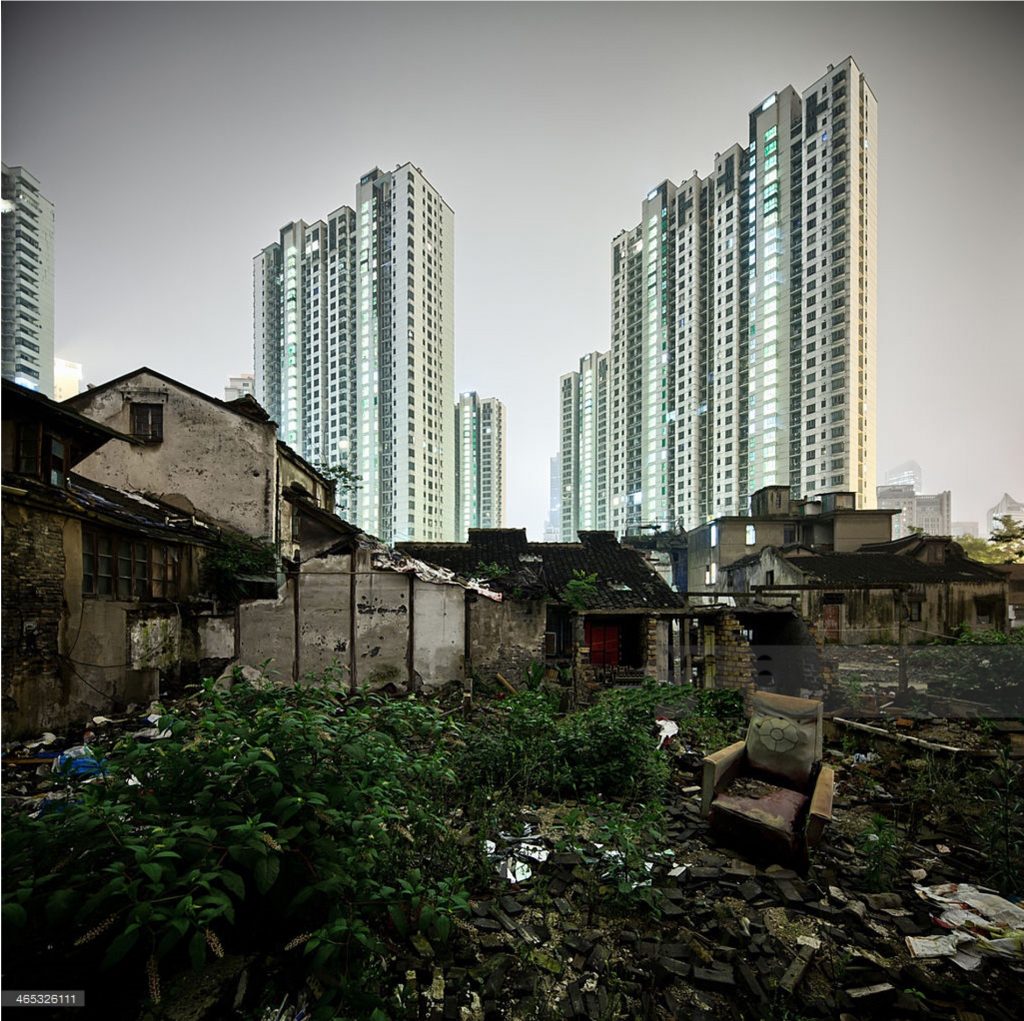
Dear MCW Students,
We’ve come to the end of the semester. Let me share a quick note to wrap up.
First, to say thanks for a lively semester! I appreciate your engagement with the material and our discussions. I hope you take away some new ways of thinking about history and a richer understanding of the world we live in.
And what’s next? I hope you’ll continue with the study of history. I hope you’ll have a chance to travel to some of the places we’ve discussed – through study abroad, a summer TREK, or your own travels – and look for signs of the histories we’ve examined. And I hope you’ll continue to grow as readers and writers and thinkers (and citizens of the world).
Stop by my office in the spring. Or sign up for office hours (using the same My Bookings link from our contact page). Or drop me a line in a year or ten to tell me how the story continues and where you are going.
Until then have a lovely winter break! All the best, gks
